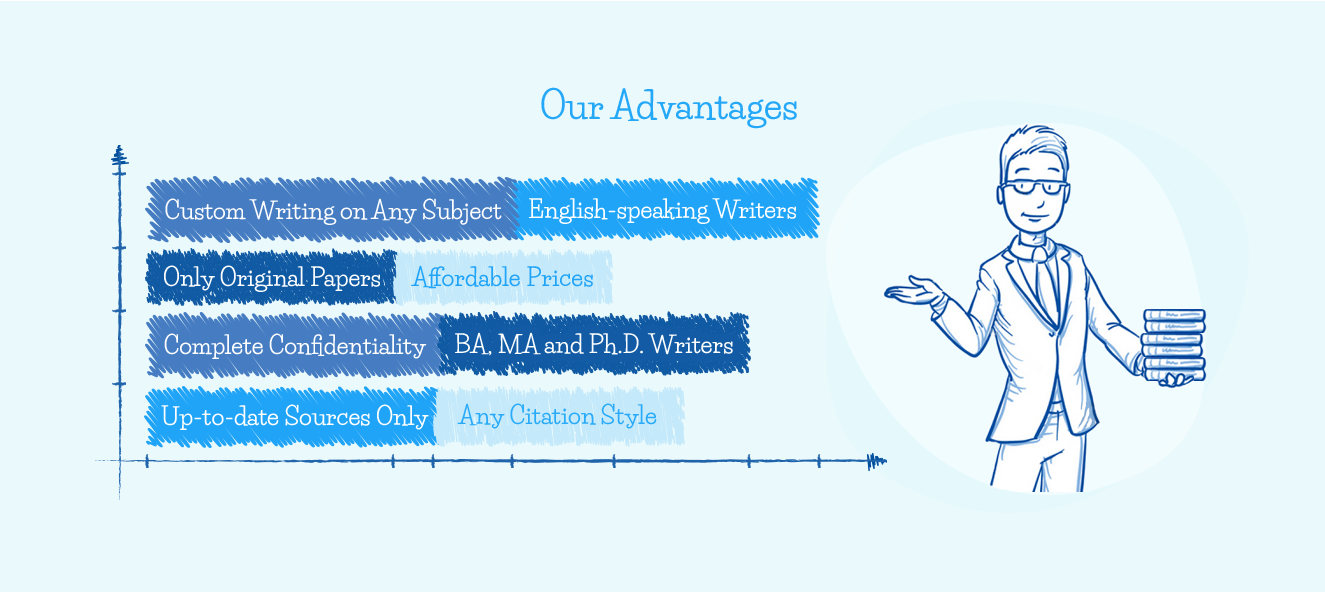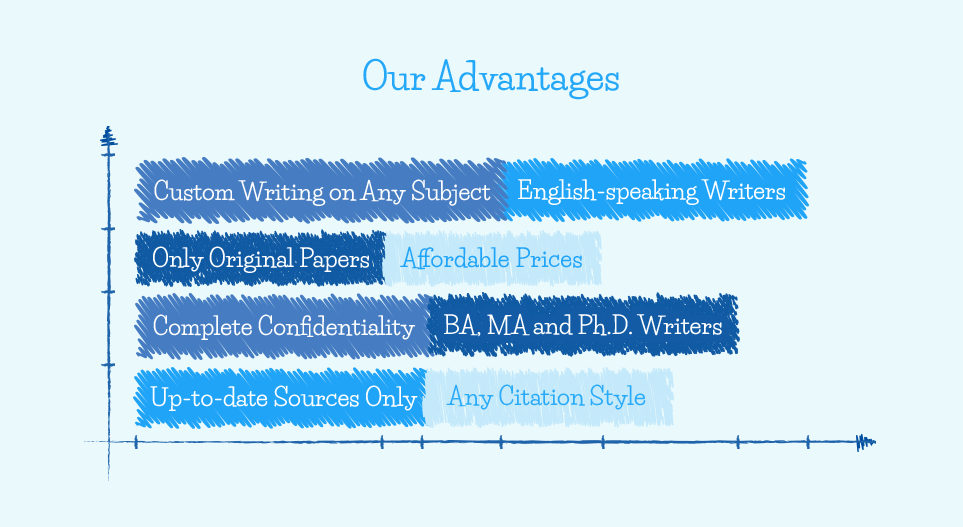Soundless Basketball
Soundless basketball is a new product in the sporting and athletic goods industry. It will be a very essential sports item for fans and players of basketball to practice in highly populated places without having to disturb people around them. This technology could also allow players and fans of other ball sports to make it a good experience as well. The product will look like any other ball but with a very unique feature as it would produce no sound. The paper will discuss to which industry the soundless basketball refers, its NAICS code and industry size, recent growth, statistics, and trends in the industry.
Industry NAICS Code
The soundless basketball refers to the sporting goods manufacturing industry with the NAICS Code 339920. This industry consists of establishments mainly focused on the production of athletic and sports equipment like goods for basketball, football, boxing, and other games.
Industry Size (in Dollars)
In the sporting and athletic goods industry, sales are sensitive to the state of the economy mostly because sports are considered to be a leisure activity, and consumer spending on sporting goods and equipment strongly relates to consumer confidence and disposable personal income. The industry revenue is estimated at 41 billion U.S. dollars (ODonnel McCarthy, 2014).
You can contact us if you want to Buy Marketing Essay help on this or any other topic.
The industry market is of a net market value worth of $266 in 2017 with an estimated CAGR (Compound annual growth rate) of about 4% within the next span of five years (King, 2012). In the U.S., there are more than 20,000 companies that produce and specialize in sporting goods with annual revenue of $25 billion. Some of the companies have more than 5 department stores with about 20 chains holding a 35% of the market share (King, 2012). Some of the large chain stores in this industry include Sports Authority with total revenue of $1.4 billion, Gart Sports with a revenue of $900 million, Hibbert Sporting goods with $241 million, and Dicks Sporting Goods with $2 billion (Statistica, 2016).
Recent Growth Statistics
In the sporting and athletic goods manufacturing industry, there is intense rivalry and competition between the top players earning at least 20% of the revenue in 2015. The industry has experienced a slow growth rate in the last 5 years due to decreased participation in sports (iHumanMedia, 2015). An increase in health awareness will stimulate the growth of the industry till 2020. A majority of consumers are becoming more health-conscious which can lead to stimulating demand for sports equipment. Consumer spending on sporting goods has increased from 2011 to 2015 which is a clear indication that the industry is very attractive and has a potential for future growth.
Table 1
|
Increase in Consumer Spending on Sporting Goods |
|||
|
Year |
Consumer Purchases (Billions) |
Market Size (Billions) |
Growth Rate |
|
2011 |
$55.54 |
$74.19 |
2.4% |
|
2012 |
$60.34 |
$77.31 |
2.7% |
|
2013 |
$62.65 |
$81.40 |
2.6% |
|
2014 |
$63.71 |
$84.28 |
2.8% |
|
2015 |
$64.80 |
$85.20 |
2.7% |
Trends in the Industry
Consumer Tastes and Preferences. This is a social trend as purchasing sports equipment and goods like basketballs are considered to be a luxury, and this could influence consumer buying behavior. Consumer preferences could affect product success in the market because the people will mostly spend on the goods of the sports that they like or prefer most. With an increase in safety concerns, participation of children in sports activities like basketball, hockey, baseball, or football has declined in the last decade while women promote significant growth in the industry (Mooney, 2014). Due to the changes in consumer tastes and preferences, there is an expectation of a corresponding change in the demand for relevant sports goods.
Seasonality Impact Recoveries. Continuous change in the popularity of different sports among various geographic regions could lead to diverse sales results. This is a demographic trend because it is extremely likely that basketball is not a widely accepted sport in some countries as it could be in other countries like in the U.S. Children and youth participation in some activities have significantly changed with a majority of the consumers attracted by gym workouts, target shooting, or running (Mooney, 2014). The performance of the best national teams could also have a very strong impact on retail sales in a geographic locality. Seasonality of different games and sports gains an impetus for increased sales. Retailers supplying any seasonal sporting goods should raise value through careful inventory management as it is extremely difficult to sell sports equipment in an off-season liquidation event which could result in much lower gross recovery in different categories of products.
Consumer Price Index (CPI) and Disposable Personal Income (DPI). In the sporting industry, the CPI has been on the decline to 4.6% in the last two years (Mooney, 2014). This is an economic trend as the industry’s growth has been achieved by the decrease in sports participation because many adults and children prefer using technology like playing video games to undertaking physical activities. The DPI could determine the frequency of purchase of sports goods. An increase in the DPI could handle a more stable economy which could develop the growth of the industry. It could lead to a rise in purchases which would further influence an increase in revenue generated from the sales of the sports goods (White, 2012).
Three Main Competitors
There are no direct competitors of soundless basketball in the market now. This is because most of the companies producing basketballs have not adapted to the use of this soundless innovation yet. The only challenge of soundless basketball is the already existing balls that people buy from other companies. Some of the strongest competitors of this product are Adidas, Nike, and Spalding brands which are all indirect. This is because they produce high-quality basketballs at relatively affordable prices according to the features of the products, and they are the companies that have been operating in the industry for a long time to build a large customer base.
Nike has a relatively large market share of 46.2% as it is considered to be a leader in the production of high-quality basketballs. Adidas and Puma are also other well-known brands as they have a market share of 13.5% and 10.7% respectively (Statistica, 2016). The three companies are indirect competitors to soundless basketball because they offer the same product to the consumers although their goods do not have such unique features and innovation as soundless basketball does.
How it works
Step 1
Visit our website and go to the order formStep 2
Fill in specific essay details in your order description sectionStep 3
Pay for your custom essay and get your order verifiedStep 4
Process of writing your academic assignmentStep 5
Editing and anti-plagiarism checkStep 6
On-time delivery of an already written essayTable 2
|
Competitors of Soundless Basketball |
||||
|
Name |
Price |
Profit Margin |
Revenue (Billion Dollars) |
Market Share |
|
Adidas |
$18.83 – 93.35 |
3.41 |
$17.67 |
13.5% |
|
Nike |
$36.54 -78.88 |
6.7 |
$27.8 |
42.6% |
|
Puma |
$13.30-80.49 |
5.2 |
$3.61 |
10.7% |
The competitive advantage that the soundless basketball will have over other products is that it will use the latest technology to make the ball not produce any noise. Such a ball will be very beneficial to the youth especially to basketball lovers who like playing the game during their free time. It would make practicing and playing basketball very convenient because the players can dribble the ball in any location without having to draw attention to the noise. The players could also apply this technology to the production of other balls played in baseball, soccer, tennis, volleyball, and many others to give them an extraordinary experience in the sports world.
In conclusion, the sporting and athletic goods industry is very attractive and can be very profitable in the future. Although the market growth is slower than in other industries, the appearance of new players causes competition levels to increase and finally leads to price wars which could make them gain a competitive advantage. Soundless basketball introduction into the market could face intense rivalry from the already existing companies like Nike, Adidas, and Puma that also provide normal basketballs which have already acquired a big market share in the industry. Some trends could influence the success of the product like the consumer price index and disposable income, seasonality of the sports, and consumer tastes and preferences.

















